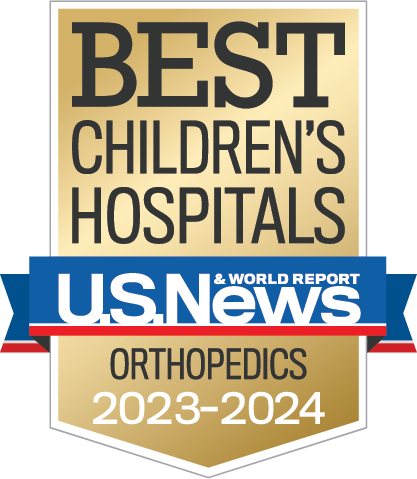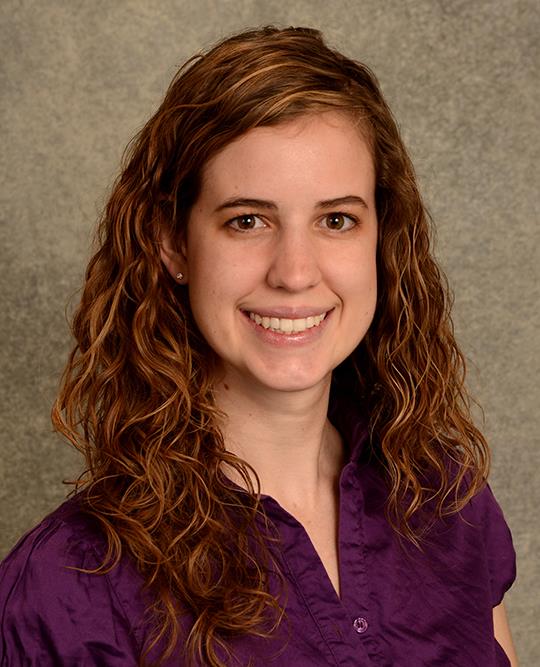- Doctors & Departments
-
Conditions & Advice
- Overview
- Conditions and Symptoms
- Symptom Checker
- Parent Resources
- The Connection Journey
- Calm A Crying Baby
- Sports Articles
- Dosage Tables
- Baby Guide
-
Your Visit
- Overview
- Prepare for Your Visit
- Your Overnight Stay
- Send a Cheer Card
- Family and Patient Resources
- Patient Cost Estimate
- Insurance and Financial Resources
- Online Bill Pay
- Medical Records
- Policies and Procedures
- We Ask Because We Care
Click to find the locations nearest youFind locations by region
See all locations -
Community
- Overview
- Addressing the Youth Mental Health Crisis
- Calendar of Events
- Child Health Advocacy
- Community Health
- Community Partners
- Corporate Relations
- Global Health
- Patient Advocacy
- Patient Stories
- Pediatric Affiliations
- Support Children’s Colorado
- Specialty Outreach Clinics
Your Support Matters
Upcoming Events
Colorado Hospitals Substance Exposed Newborn Quality Improvement Collaborative CHoSEN Conference (Hybrid)
Monday, April 29, 2024The CHoSEN Collaborative is an effort to increase consistency in...
-
Research & Innovation
- Overview
- Pediatric Clinical Trials
- Q: Pediatric Health Advances
- Discoveries and Milestones
- Training and Internships
- Academic Affiliation
- Investigator Resources
- Funding Opportunities
- Center For Innovation
- Support Our Research
- Research Areas

It starts with a Q:
For the latest cutting-edge research, innovative collaborations and remarkable discoveries in child health, read stories from across all our areas of study in Q: Advances and Answers in Pediatric Health.


Hip Preservation Program
Slipped Capital Femoral Epiphysis (SCFE)
Kids aren’t just mini adults. In fact, they’re incredibly different. That’s why they need incredibly different care.

What is slipped capital femoral epiphysis (SCFE)?
Slipped capital femoral epiphysis, or SCFE, is a disorder of the hip joint. This condition takes place when the ball at the end of the thigh bone slips off the thigh bone at the growth plate. This is caused by a weakness in the growth plate. It is not fully understood why this condition occurs, but it commonly develops after periods of rapid growth after the onset of puberty. Slipped capital femoral epiphysis is the most common hip disorder that occurs in adolescent children.
What causes slipped capital femoral epiphysis?
SCFE is related to adolescent growth spurts. Some children's growth plates weaken while they are growing and broadening. The broadening of the growth plate (which is not as strong as bone) as well as the shape of the thigh bone and hip socket can lead to a slipped capital femoral epiphysis.
Who gets slipped capital femoral epiphysis?
SCFE is more common in males than in females and typically occurs in children ages 10-16. Children who are overweight, have hormonal abnormalities, and take steroid medication are at a higher risk for a SCFE.
What are the signs and symptoms of slipped capital femoral epiphysis?
- Pain in the groin, thigh, or knee that may come and go
- Child holds the affected leg turned out
- Intermittent limp
- Decreased range of motion
How is slipped capital femoral epiphysis (SCFE) diagnosed?
A slipped capital femoral epiphysis (SCFE) is diagnosed based on history, physical exam and X-ray. If your child has SCFE, a physical exam will produce pain and limited range of motion. Your child will most likely want to keep his or her hip rotated outward (knee away from the body), and it will be difficult for the doctor to rotate the leg in (knee towards the body).
As you're looking at your child's X-ray, SCFE is apparent on X-ray as the head of the femur (thigh bone) will appear to be slipping off the femur bone. It looks like a scoop of ice cream melting off the cone.
If a SCFE is hard to determine based on X-ray, your doctor at Children's Hospital Colorado may order an MRI for further evaluation. In some severe cases a CT scan may be necessary to better evaluate the bony deformity.
Why choose Children's Colorado for SCFE tests?
In our Hip Program at Children's Colorado, we have orthopedic doctors who are specialized in pediatric hips. We use X-rays, CT scans and MRI to determine a diagnosis. The hospital has very advanced, state-of-the-art MRI technique that provides the doctor with a more accurate measurement of the health of the cartilage in the hip.
What can you and your child expect from these tests?
X-rays are taken in our clinic during your appointment with your child's doctor. CT and MRI scans are performed in the radiology department. The CT scans take approximately 15 minutes to complete. The MRI in patients older than 6 years old is typically not a sedated procedure and lasts approximately 45 minutes to one hour. The MRI sometimes requires IV placement of contrast before the scan is done. If your child does need an MRI, feel free to bring a movie or music and have him or her wear comfy clothes.
How do providers at Children's Colorado make a diagnosis?
Our doctors are able to diagnose your child based on their patient history, findings from the physical examination and results of the ordered imaging studies.
How is slipped capital femoral epiphysis treated?
Early diagnosis of slipped capital femoral epiphysis (SCFE) is important to provide the best chance of preventing further slipping and damage to the blood supply of the femoral head. Once a SCFE is diagnosed your child should not bear weight on the affected leg. All children who are diagnosed with SCFE require a surgical intervention to prevent further damage of the hip. SCFE will be treated by either pinning the head of the femur where it is to the femur bone (in-situ pinning) or through an open surgery where the ball (femoral head) is reduced back to the correct position on the thigh bone and pinned in place.
The hip specialists at Children's Colorado will work with you to decide which surgery is best for your child. Due to the high risk of a SCFE occurring on the other hip, prophylactic pinning of the other hip may be recommended depending on your child's age. Later in life a surgical intervention may be necessary if there is femoroacetabular impingement as a result of the change in shape of the ball and hip socket.
Why choose Children's Colorado for your child's slipped capital femoral epiphysis?
By working together as a team, our orthopedic hip specialists are able to develop a comprehensive approach to both patient diagnosis and individualized treatment plans. Specialists from our Hip Program offer a broad spectrum of options for our patients and extend to include experts in the fields of rehabilitation, physical therapy, rheumatology, anesthesiology and pain.
With a sole focus on hip disease in young patients, our Hip Program is nationally recognized for excellence in hip surgeries, and our doctors educate healthcare providers around the nation on hip diseases and surgery. Our goal is to provide our patients with options for pain control, function improvement and preservation of the hip joint.
Next steps
-
Would you like to learn more about us?
Learn more about the Hip Preservation Program -
Do you need an appointment or have a question?
720-777-6600 -
Are you ready to schedule an appointment?
Schedule an appointment
Get to know our pediatric experts.

Gaia Georgopoulos, MD
Orthopaedic Surgery

Cailin Delaney, PA-C
Physician Assistant


Michael Kirkwood, PhD
Neuropsychology, Neuropsychology - Pediatric
Patient ratings and reviews are not available Why?



 720-777-0123
720-777-0123



